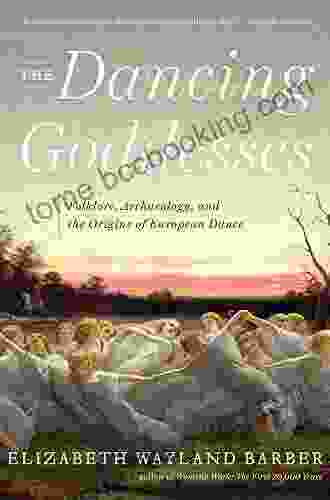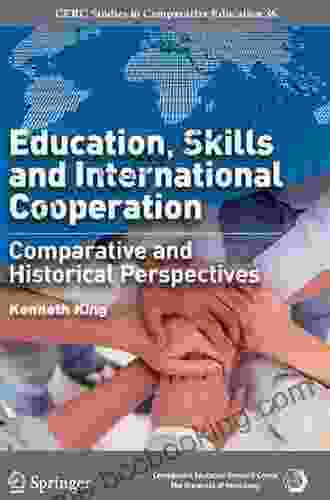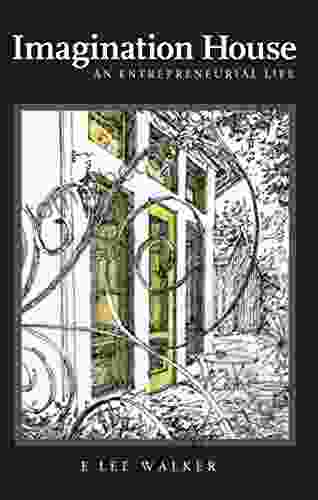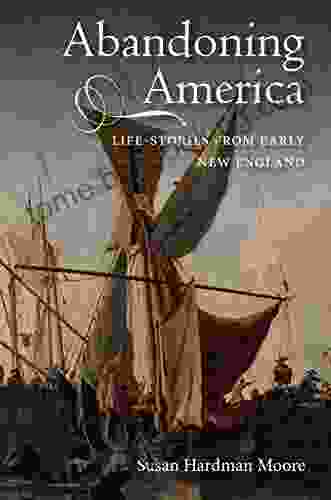Folklore Archaeology and the Origins of European Dance

Dance is a universal human activity that has been practiced for thousands of years. In Europe, dance has a rich and varied history, with different styles and traditions emerging in different regions and cultures. But where did these dances come from? And how can we trace their origins?
One approach to understanding the origins of dance is through folklore archaeology. Folklore archaeology is the study of the material remains of past cultures, including their dances. By examining the archaeological record, we can learn about the types of dances that were performed, the contexts in which they were danced, and the meanings that they held for the people who performed them.
4.8 out of 5
| Language | : | English |
| File size | : | 64209 KB |
| Text-to-Speech | : | Enabled |
| Screen Reader | : | Supported |
| Enhanced typesetting | : | Enabled |
| Word Wise | : | Enabled |
| Print length | : | 550 pages |
One of the earliest examples of dance in Europe is the cave paintings of Lascaux, France. These paintings, which date back to around 15,000 BC, depict humans dancing in a variety of poses. The paintings suggest that dance was an important part of life for the people who created them, and that it may have been used for a variety of purposes, such as religious rituals or social gatherings.
Other archaeological evidence for dance in Europe includes pottery, sculptures, and mosaics. These artifacts often depict dancers in various poses, and they can provide us with valuable information about the different types of dances that were performed in the past. For example, a pottery vessel from the Bronze Age that was found in Denmark depicts a group of people dancing in a circle. This suggests that circle dancing was a popular form of dance in Europe during the Bronze Age.
The archaeological record can also provide us with information about the contexts in which dances were performed. For example, a mosaic from the Roman city of Pompeii depicts a group of people dancing at a banquet. This suggests that dance was an important part of social gatherings in Roman culture.
Finally, the archaeological record can provide us with information about the meanings that dances held for the people who performed them. For example, a painting from the Middle Ages depicts a group of people dancing around a maypole. This suggests that maypole dancing may have had a religious significance for the people who performed it.
Folklore archaeology is a valuable tool for understanding the origins of European dance. By examining the archaeological record, we can learn about the types of dances that were performed, the contexts in which they were danced, and the meanings that they held for the people who performed them. This information can help us to better understand the history of dance in Europe and to appreciate the role that it has played in European culture.
Further Reading
- Folklore Archaeology and the Origins of European Dance by Jane C. Good
- The Archaeology of Dance by Anthony Sinclair
- Performance Analysis in Dance Archaeology by Cathy van Dyck and Nicky Cool
4.8 out of 5
| Language | : | English |
| File size | : | 64209 KB |
| Text-to-Speech | : | Enabled |
| Screen Reader | : | Supported |
| Enhanced typesetting | : | Enabled |
| Word Wise | : | Enabled |
| Print length | : | 550 pages |
Do you want to contribute by writing guest posts on this blog?
Please contact us and send us a resume of previous articles that you have written.
 Book
Book Novel
Novel Page
Page Chapter
Chapter Text
Text Story
Story Genre
Genre Reader
Reader Library
Library Paperback
Paperback E-book
E-book Magazine
Magazine Newspaper
Newspaper Paragraph
Paragraph Sentence
Sentence Bookmark
Bookmark Shelf
Shelf Glossary
Glossary Bibliography
Bibliography Foreword
Foreword Preface
Preface Synopsis
Synopsis Annotation
Annotation Footnote
Footnote Manuscript
Manuscript Scroll
Scroll Codex
Codex Tome
Tome Bestseller
Bestseller Classics
Classics Library card
Library card Narrative
Narrative Biography
Biography Autobiography
Autobiography Memoir
Memoir Reference
Reference Encyclopedia
Encyclopedia Edith Pattou
Edith Pattou Ed Van Put
Ed Van Put Johnny Craig
Johnny Craig Edward E Baptist
Edward E Baptist Emily Colson
Emily Colson Julie Powell
Julie Powell Edward D Hess
Edward D Hess Ed Gillentine
Ed Gillentine Edgardo Cozarinsky
Edgardo Cozarinsky Einat Admony
Einat Admony Loredana Fiori
Loredana Fiori Dylan Dittrich
Dylan Dittrich Elizabeth Brundage
Elizabeth Brundage Rick Heard
Rick Heard Elena Ferro
Elena Ferro Ebony Joy Wilkins
Ebony Joy Wilkins Eduardo Clemente
Eduardo Clemente Erin French
Erin French Earl B Mcelfresh
Earl B Mcelfresh Margaret Aycock
Margaret Aycock
Light bulbAdvertise smarter! Our strategic ad space ensures maximum exposure. Reserve your spot today!
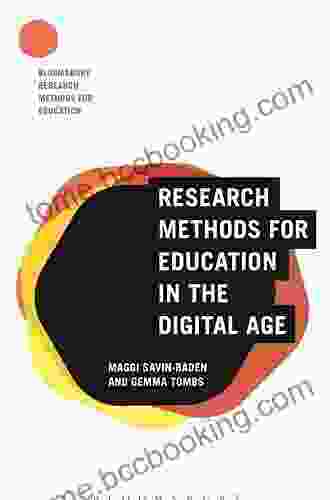
 Foster HayesResearch Methods for Education in the Digital Age: Navigating the Labyrinth...
Foster HayesResearch Methods for Education in the Digital Age: Navigating the Labyrinth...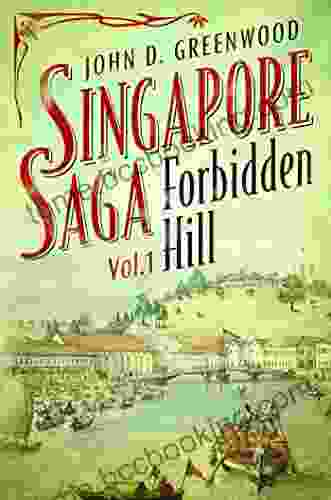
 Gabriel BlairForbidden Hill: A Saga of Love, Loss, and the Power of Family in Singapore's...
Gabriel BlairForbidden Hill: A Saga of Love, Loss, and the Power of Family in Singapore's... Ike BellFollow ·15.2k
Ike BellFollow ·15.2k Adrian WardFollow ·12.5k
Adrian WardFollow ·12.5k Marcel ProustFollow ·10.7k
Marcel ProustFollow ·10.7k Edgar Allan PoeFollow ·6.2k
Edgar Allan PoeFollow ·6.2k Reed MitchellFollow ·7.9k
Reed MitchellFollow ·7.9k Evan SimmonsFollow ·18.5k
Evan SimmonsFollow ·18.5k Robert ReedFollow ·17k
Robert ReedFollow ·17k Hugh ReedFollow ·18.6k
Hugh ReedFollow ·18.6k
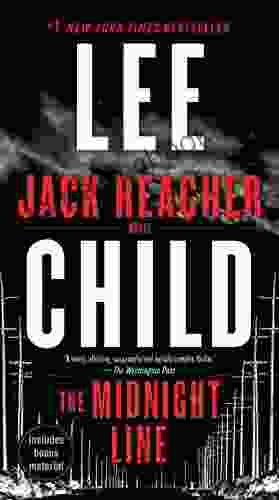
 Clarence Brooks
Clarence BrooksUncover the Secrets in the Dead of Night: Dive into Lee...
Step into the heart-stopping world of Jack...
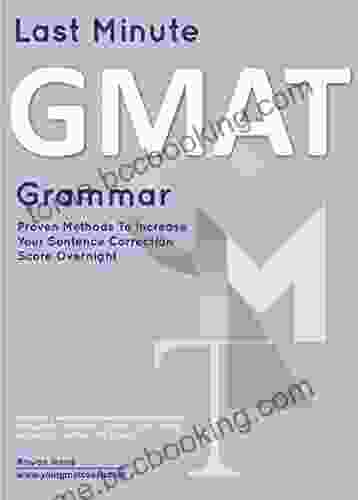
 Clay Powell
Clay PowellAce the GMAT Grammar Section: Your Last-Minute...
The GMAT is a challenging...
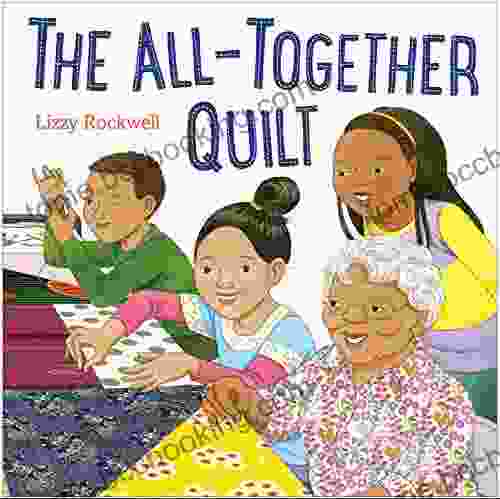
 Salman Rushdie
Salman RushdieEmbark on a Heartwarming Journey with "The All Together...
: Immerse yourself in the charming world of...
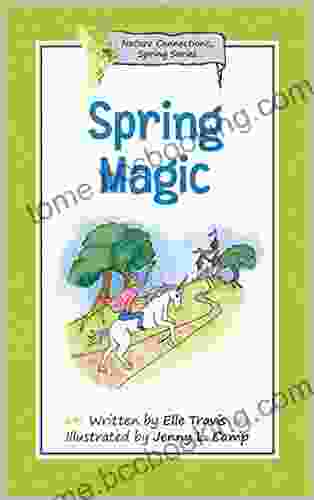
 Dawson Reed
Dawson ReedSpring Magic: Stunningly Illustrated Fun for Kids to...
Welcome to the Enchanting World of...
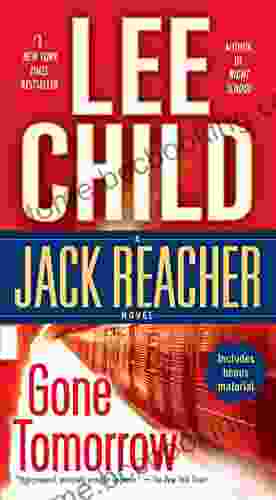
 Bradley Dixon
Bradley DixonGone Tomorrow: A Gripping Thriller by Lee Child that Will...
In the literary realm of thrillers, few...
4.8 out of 5
| Language | : | English |
| File size | : | 64209 KB |
| Text-to-Speech | : | Enabled |
| Screen Reader | : | Supported |
| Enhanced typesetting | : | Enabled |
| Word Wise | : | Enabled |
| Print length | : | 550 pages |


